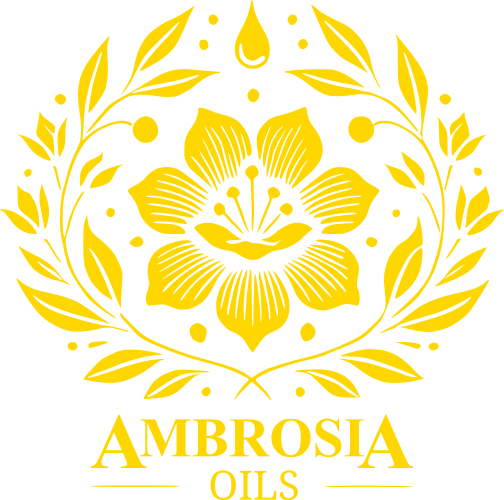Pet Care with Essential Oils: A Natural Approach to Animal Wellness
Essential oils, known for their therapeutic and aromatic benefits, are not just for humans. When used correctly, they can be a natural and holistic way to support the well-being of your pets. However, using essential oils for animals requires careful consideration and knowledge to ensure safety and effectiveness.
Benefits of Essential Oils for Pets
Essential oils can address a variety of pet care concerns, including:
- Relaxation and Stress Relief
Oils like lavender and chamomile can help reduce anxiety in pets during stressful events, such as thunderstorms or travel. - Repelling Fleas and Ticks
Natural repellents like cedarwood and lemongrass are effective in deterring pests without harsh chemicals. - Soothing Skin Irritations
Tea tree (used in very low concentrations) and frankincense can help with minor skin irritations and promote healing. - Supporting Overall Wellness
Oils like eucalyptus and peppermint can support respiratory health, while digestive blends may alleviate tummy troubles.
Safety Tips for Using Essential Oils with Pets
Pets are more sensitive to essential oils than humans, so it’s crucial to use them with caution. Here are some key guidelines:
Dilution is Key
Always dilute essential oils before use. A safe starting ratio is one drop of essential oil to 50 drops of a carrier oil like coconut or sweet almond oil.
Choose Pet-Safe Oils
Not all essential oils are safe for animals. Avoid toxic oils like tea tree (in high concentrations), clove, wintergreen, and ylang-ylang. Research pet-safe options specific to your animal species.
Know Your Pet’s Species
Cats and birds are particularly sensitive to essential oils. Cats lack certain enzymes needed to metabolize some oils, making them more vulnerable to toxicity. Dogs generally tolerate oils better but still require low doses.
Avoid Direct Contact
Never apply essential oils directly to your pet’s skin or fur without dilution. Instead, consider diffusing oils in a well-ventilated space or applying diluted mixtures to your hands and gently stroking your pet.
Observe for Reactions
Monitor your pet closely for any signs of discomfort, such as drooling, squinting, vomiting, or lethargy. If you notice these symptoms, discontinue use immediately and consult your veterinarian.
Practical Applications of Essential Oils for Pets
- Diffusion
Use a pet-safe diffuser to create a calming atmosphere. Ensure the room is ventilated and your pet can leave if they choose. - Sprays and Mists
Create a diluted spray for bedding or a room mist to freshen the air while providing aromatherapy benefits. - Massage and Topical Use
Gently massage a diluted oil blend onto areas like the back or paws for targeted relief. - Bath Additives
Add a few drops of diluted oil to your pet’s bathwater for relaxation and skin health.
Consult a Professional
Before introducing essential oils into your pet care routine, consult a veterinarian or a qualified aromatherapist experienced in animal care. They can provide tailored advice and ensure that the oils and methods you use are safe and beneficial for your pet.
Conclusion
When used thoughtfully, essential oils can be a valuable addition to your pet care regimen. By prioritizing safety, choosing appropriate oils, and consulting with experts, you can harness the power of nature to support your furry friends’ health and happiness.
